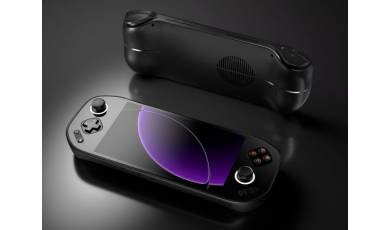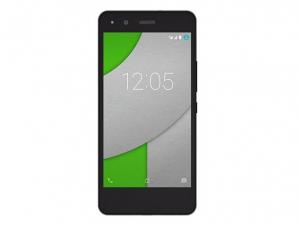Flash firmware on BQ Aquaris A4.5
Mobiles >> BQ >> BQ Aquaris A4.5| Specifications | Reviews | Secret codes |
| Unlock phone | Root phone |
| Backup | Flash Firmware | Screenshot |
How to flash BQ Aquaris A4.5?
Why reinstall the firmware?
Errors start to appear in the operating system.
Some installed applications stop opening.
Some applications from the Play Market do not start.
The phone turns off for no apparent reason.
The phone started to work slowly.
The OS does not match the system requirements of the smartphone.
Where can I find the firmware?
On the phone manufacturer's website.
On certain sites where developers post custom or official OS.
What should be done before installing the firmware?
Back up your contacts and user data and transfer it to your computer.
Insert SD card. An SD card is needed to write firmware to it.
Find information about your smartphone model.
Fully charge your phone. If the battery runs out during boot, the device will no longer turn on.
Find and download the archive with Firmware. And place it on the SD card.
Installing TWRP Recovery
Install the Official TWRP App via the Play Market. And run this application.
When you start the application for the first time, you must agree to install the firmware, as well as agree to grant the application Superuser rights and click the 'OK' button.
Going to the next screen, select the item 'TWRP FLASH' and provide the application with root-rights.

On the main screen of the application, select 'Select Device', and find your phone model.
After selecting a device, the program redirects the user to a web page to download the corresponding image file of the modified recovery environment. Download the suggested *.img file.
After downloading the image file, return to the main screen of the Official TWRP App and press the 'Select a file to flash' button. Then we tell the program the path where the file loaded in the previous step is located.
Now press the 'FLASH TO RECOVERY' button and confirm your choice, press 'OK'.
When the message 'Flash Completed Succsessfuly!' appears. Click 'OK'. The TWRP installation procedure is now complete.
Transfer the necessary files to the SD card. Using a PC or laptop card reader.
Insert a memory card into the device.
To reboot into recovery, you need to use a special item in the Official TWRP App menu, accessible by pressing the button with three stripes in the upper left corner of the main screen of the application. We open the menu, select the 'Reboot' item, and then click on the 'REBOOT RECOVERY' button. The phone will reboot into the recovery environment automatically.
Firmware via TWRP

Before flashing, you need to delete all user data from the phone, this will avoid many problems. press 'WIPE' on the home screen.
Now you can start flashing. Click the 'Install' button.

The file selection screen appears. At the very top there is a 'Storage' button for selecting an SD card.
Select the location where you copied the files. Press the OK button.

Select the firmware file and click on it. A screen opens with a warning about possible negative consequences, you need to check the item 'Zip signature verification', which will avoid using damaged files during recording.
The procedure for flashing the phone will begin, accompanied by the appearance of inscriptions in the log field and the movement of the progress bar.
The completion of the firmware installation procedure is indicated by the inscription 'Successful'.
Summary: Dimensions (mm): 63.48 x 131.77 x 8.75; Weight (g): 115.00; Battery capacity (mAh): 2470; Removable battery: No; Colours: Black, White; SAR value: 0.00; Screen size (inches): 4.50; Touchscreen: Yes; Resolution: 540x960pixels; Pixels per inch (PPI): 244; Processor: 1GHz quad-core; Processor make: MediaTek MT6735M; RAM: 1GB; Internal storage: 16GB; Expandable storage: Yes; Expandable storage type: microSD; Expandable storage up to (GB): 64; Rear camera: 8-megapixel; Flash: Yes; Front camera: 5-megapixel; Operating System: Android 5.1.1; Wi-Fi: Yes; Wi-Fi standards supported: 802.11 b/ g/ n; GPS: Yes; Bluetooth: Yes, v 4.00; NFC: No; Infrared: No; Wi-Fi Direct: No; M ...
Comments, questions and answers on the flash firmware BQ Aquaris A4.5
Ask a question about BQ Aquaris A4.5




